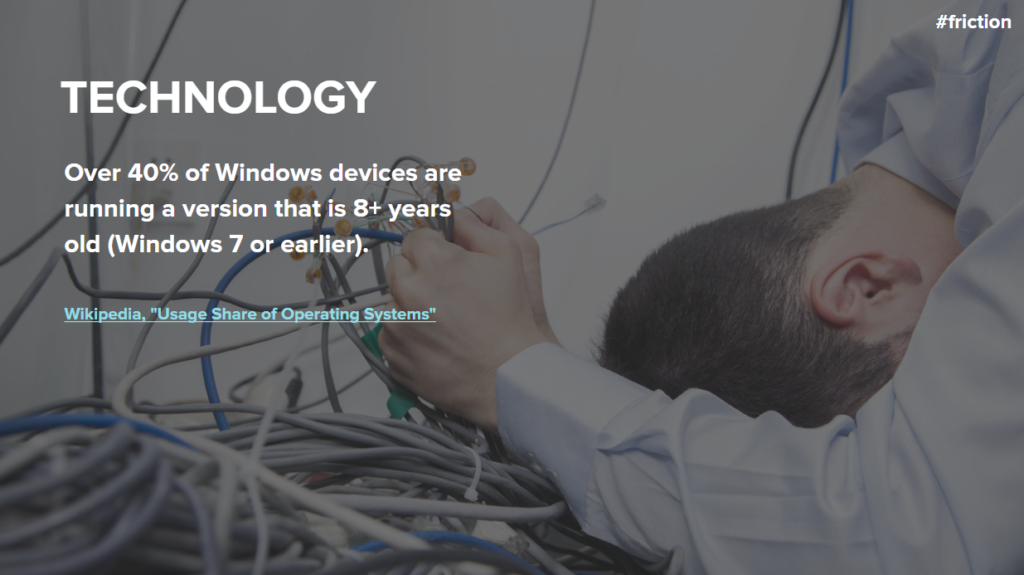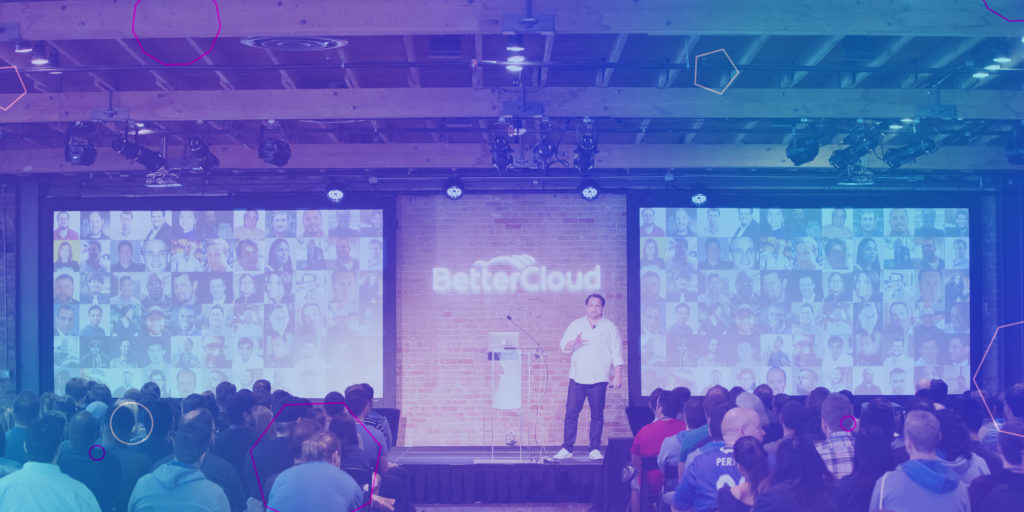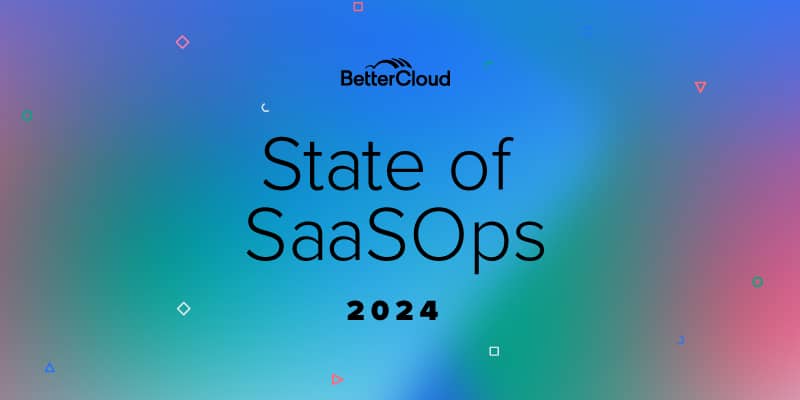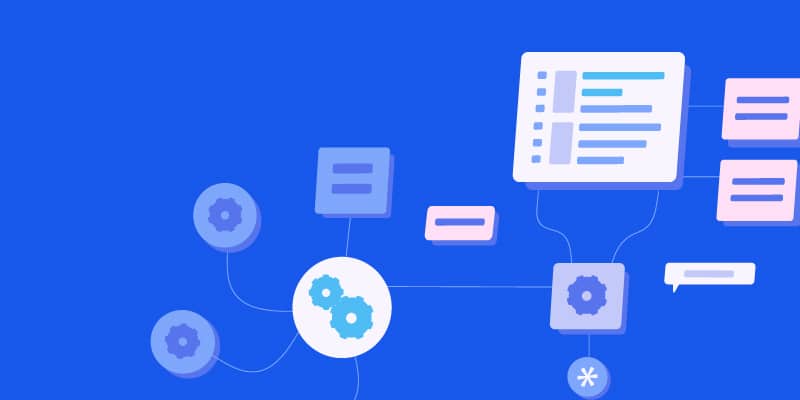How Do You Combat the #1 Killer of Workplace Productivity? 6 Key Takeaways from Our Webinar
April 18, 2017
3 minute read

Ah, friction. Those frustrating moments when technology gets in the way of work instead of enabling it.
We believe friction is the #1 killer of workplace productivity. And that’s why last week, BetterCloud’s CEO David Politis hosted a webinar on this very topic.
The webinar was an offshoot of his popular LinkedIn post exhorting leaders to embrace modern technology and take a stand against friction. We think IT can (and should) fight all types of technology-related friction. Why? Because moving toward a frictionless workplace will drive revenue and increase productivity by getting people to work faster, without any blockers.
In his webinar, David outlined a solid foundation for how IT can think strategically about reducing friction in the workplace. At the end, the Q&A portion was held in Slack in our BetterIT community, which sparked a great discussion. Lots of IT professionals contributed to the conversation, which ranged from BYOD to laptop buy-back programs.
If you missed it, don’t worry. You can watch a recording of the webinar below, and also download David’s slides as a PDF here.
To watch the webinar on YouTube, click here.
Here are six key takeaways from his presentation:
1. Friction comes from three main places:
- Technology – e.g., outdated technology, or too many (or too few) vendors
- Knowledge – e.g., people not knowing how to use the technology at hand
- People – e.g., people are creatures of habit; they resist change

2. For our audience, knowledge gaps were the biggest cause of friction. During our webinar, we polled our audience and asked them, “Which of the following is MOST responsible for friction in your organization?” More than half of our respondents cited “Knowledge gaps and skill levels across the organization” as the biggest factor. Here are our poll results:
- Knowledge gaps and skill levels across the organization – 54%
- People’s resistance to change – 23%
- Everything, it’s so bad that we don’t know where to start – 13%
- Outdated or poorly implemented technology – 9%
- There is no friction in my organization – 1%
3. To solve friction, visualize the outcome, determine what it would take to get there, quantify the impact, and prioritize and design the right solutions. David provides lots of great questions that get you thinking strategically about all of this, like “What does a day in the life of an average employee look like in your workplace utopia?”, “How do the most productive teams work? What do they use?”, “What people or skills would you need within IT [to get to that utopia]?”, and “How many people are affected, and how? Is the improvement incremental or significant?” These prompts will help you formulate ideas, gain clarity, and identify the quickest wins.
4. There are two ways to quantify the value of removing friction: hard ROI and soft ROI. To get hard ROI, focus on the value of time recovered by eliminating friction (e.g., cost savings). To measure soft ROI, think about the impact of this extra productivity (e.g., improved employee retention). Hard ROI isn’t always better. Soft ROI can be highly valuable too.
5. To reduce friction, IT needs time. During our webinar, we polled our audience and asked, “After today’s discussion, what do you believe you need MOST to reduce friction in your organization?” The top answer was “more time to spend on reducing friction” (38%). Here are our poll results:
- More time to spend on reducing friction – 38%
- More buy-in from leadership/execs – 28%
- More budget for technology upgrades – 14%
- Nothing, I’m prepared to start now or am already doing this – 10%
- Different technology that works better for my org – 9%
6. Think about friction-reducing actions you can implement at little to no additional cost. David walked through a few that we’ve implemented at BetterCloud, like our #wins channel in Slack, conference room info sheets, and dedicated IT time at all-hands meetings, just to name a few.
And if you want more ideas on how to reduce friction in your organization, check out these posts:
Successful Strategies for Improving User Adoption of New Technologies
Technology Adoption Done Right: These Are the Lessons Implementation Experts Live By
Request Helpdesk Support the Right Way: The Elements of a Great IT Ticket
Slack Admin 101: 5 Simple (Yet Essential) Tasks Every Slack Team Owner Should Know
How to Communicate IT Concepts to Non-IT Minded People: Part One – Getting Started
How to Communicate IT Concepts to Non-IT Minded People: Part Two – Senior Leadership and Executives
How to Communicate IT Concepts to Non-IT Minded People: Part Three – Best Practices







